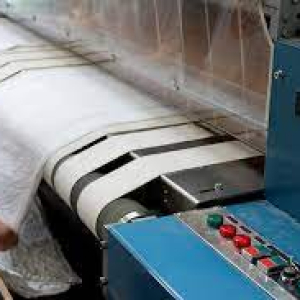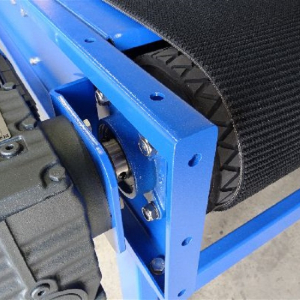Biotech research today is increasingly limited by manual bottlenecks—slow sample preparation, data entry errors, and inconsistent experimental protocols. These inefficiencies don’t just delay discoveries; they raise costs and compromise data integrity. To remain competitive and scalable, labs are rapidly adopting laboratory automation systems that transform how research is conducted.
What Is Laboratory Automation in 2025?
Laboratory automation refers to the use of hardware and software systems to perform lab tasks with minimal human input. These systems integrate robotic devices, scheduling software, and intelligent analytics platforms to improve efficiency, reduce human error, and increase reproducibility. In biotech, automation supports everything from liquid handling and microplate movement to compound tracking and data syncing.
Core Features of Laboratory Automation Systems
Modern laboratory automation systems go beyond standalone robots. They integrate scheduling tools, track consumables, and ensure synchronized task execution. Key components include:
- Robotic arms for sample and reagent handling
- Liquid handlers for precision dispensing
- Scheduling software for coordinated device activity
- LIMS integration for tracking and compliance
- Real-time dashboards for system monitoring
These tools collectively reduce manual interventions and improve consistency in repetitive tasks like high-throughput screening or compound management.
Use Cases in Biotech Labs
Biotech labs benefit from automation in several critical areas:
- High-throughput screening (HTS): Quickly process thousands of samples for drug discovery.
- Sample preparation: Automate pipetting, mixing, and aliquoting with minimal variability.
- Data handling: Seamlessly sync experimental data into analytics pipelines and storage systems.
- Assay development: Ensure protocol consistency for reproducibility in complex workflows.
Automation enables labs to work more quickly without compromising the quality of their data, whether they are conducting microbial screening, genetic testing, or biomarker discovery.
Why Custom Laboratory Automation Solutions Matter
Generic tools don’t always fit biotech’s unique workflows. That’s why labs are turning to customizable laboratory automation solutions. These systems allow labs to:
- Adapt to changing assay types
- Incorporate multiple devices from different vendors
- Create protocol-specific workflows
- Scale from pilot runs to complete production volumes
Custom solutions offer flexibility that off-the-shelf tools often can’t match, particularly for labs handling both research and clinical sample pipelines.
ROI and Performance Gains
Investing in lab automation is not just about convenience. It yields measurable returns:
- 30–50% increase in throughput in key workflows
- Reduced reagent waste through precise dispensing
- Lower labour costs due to reduced hands-on time
- Improved data reliability with consistent protocols
For labs under pressure to publish, patent, or produce, automation offers a path to accelerated timelines and better use of staff time.
The Bottom Line
Laboratory automation is no longer just a future-facing trend—it’s a present-day requirement for competitive biotech research. From enhanced accuracy and reduced costs to greater scalability, the move to laboratory automation systems positions labs for long-term success.
Whether scaling drug discovery pipelines or supporting diagnostic assay development, customized laboratory automation solutions make biotech operations faster, smarter, and more reliable. For automation strategies tailored to your lab, contact us today.




